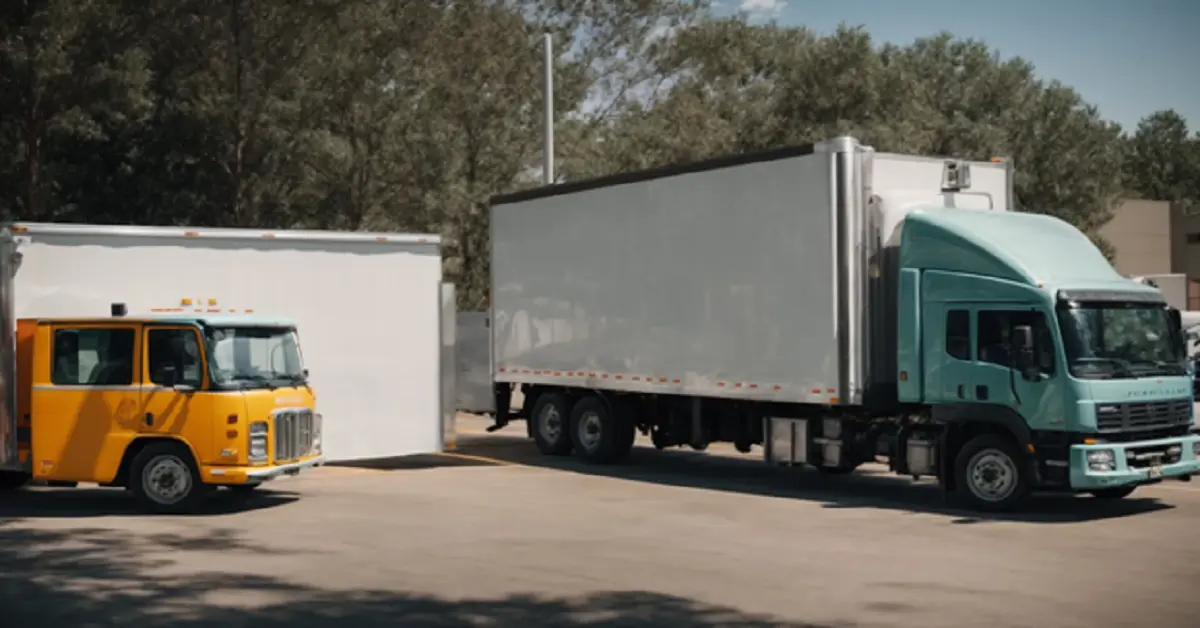The frozen food industry has experienced a significant upturn with the rise of e-commerce. As consumers now seek the convenience of home deliveries more than ever, businesses must adapt to meet the demand efficiently and reliably. This requires a solid online shopping interface and robust logistics to preserve product quality. A successful frozen e-commerce business is a symphony of precise operations, from website optimization to when products are delivered to the customer. Below, we explore the pivotal areas that require focus to ensure business success in the frozen sector.
Efficient Frozen Product Invent
A streamlined inventory management system is the backbone of any successful frozen e-commerce business. Accurate tracking of stock levels prevents the pitfalls of overstocking or stockouts, ensuring customer orders can be fulfilled without delay. Automation tools can help replenish inventory by notifying when stocks fall below a certain threshold, allowing for timely reordering.
Temperature control is paramount in preserving product integrity. Investing in high-quality refrigeration and monitoring systems is essential. Implementing cloud-based technologies can help maintain an optimal environment for frozen goods, providing real-time temperature tracking for compliance and safety assurance.
Moreover, an organized warehouse with designated areas for different temperature-sensitive products can prevent cross-contamination and spoilage. Efficient use of space not only optimizes storage but can also speed up the picking and packing processes. Using barcode scanning or RFID systems further augments inventory accuracy and efficiency.
Ensuring Safe and Reliable Shipping for Frozen Goods
ory Management

Shipping frozen goods demands a logistics system that guarantees the preservation of your product’s cold chain from warehouse to doorstep. This includes utilizing proper insulation materials, refrigerants such as dry ice or gel packs, and temperature-controlled vehicles if necessary. Understanding the complexities of shipping frozen products is key to getting items delivered in perfect condition.
Partnering with reliable logistics providers experienced in handling frozen goods can minimize the risk of delayed or mishandled deliveries. Companies like ColdTrack, aka NutriFresh, offer specialized logistics solutions for frozen products and use their perishable shipping technology.
Knowing the regulations governing the transportation of frozen items, especially when shipping internationally, is critical. This ensures compliance with food safety laws and avoids costly legal troubles. Continually evaluating your shipping strategies allows for refining practices, potentially reducing costs and enhancing service quality.
Utilizing Customer Data for Personalized Marketing Strategies

Customer data is a treasure trove for crafting targeted marketing campaigns that resonate with individual preferences and behaviors. Analyzing purchasing histories, browsing habits, and feedback can uncover insights into what drives consumer choices. Leveraging this information enables personalized product recommendations, promoting repeat business and increased customer loyalty.
Segmentation can refine marketing efforts by clustering customers based on shared characteristics, such as geographic location or buying frequency. Tailored promotions and communications make individuals feel valued, potentially enhancing their engagement with your brand. Email newsletters can be customized to feature content relevant to different customer segments, increasing the effectiveness of your marketing campaigns.
Customer Relationship Management (CRM) systems are pivotal in orchestrating personalized marketing strategies. CRMs centralize customer interactions and maintain a consistent brand experience across various touchpoints. Invest in a robust CRM to coordinate marketing initiatives and foster strong customer connections.
Staying Ahead With Innovative Technologies

The application of technological innovations can provide the competitive advantage necessary for success in the crowded online frozen food market. Artificial Intelligence (AI), for example, can optimize logistics by predicting demand spikes and identifying the most efficient delivery routes. Such advancements reduce waste, improve delivery times, and increase customer satisfaction.
Blockchain technology is carving a niche in the frozen goods sector by providing a transparent supply chain. This enhances food safety measures by allowing businesses and customers to verify their products’ authenticity and handling history. Blockchain’s impact on consumer trust is not to be underestimated, as it offers a new level of transparency in the digital era.
Overall, the evolution of the frozen e-commerce sector relies on an intricate balance of operational efficiency, customer-centric approaches, and technological innovation. Keeping these aspects in sharp focus is key to carving out a successful space in the online marketplace and delivering a superior shopping experience to customers. With the right practices and technological support, businesses can thrive despite the challenges unique to frozen goods.
Read More: articlereaders.org